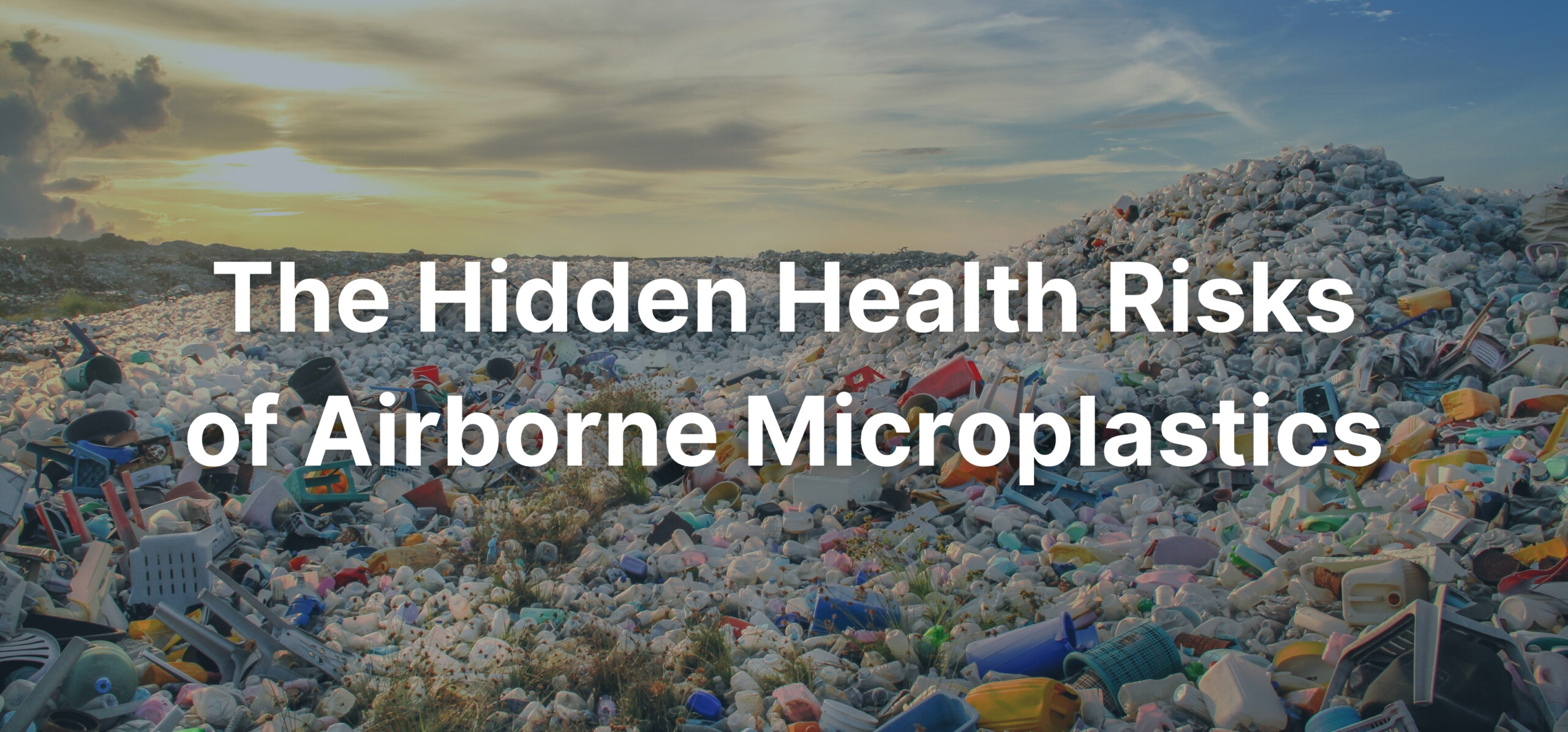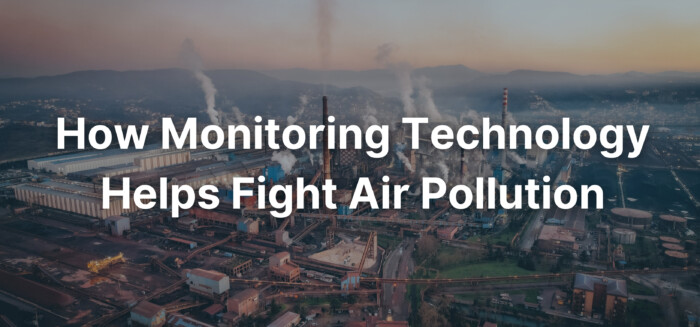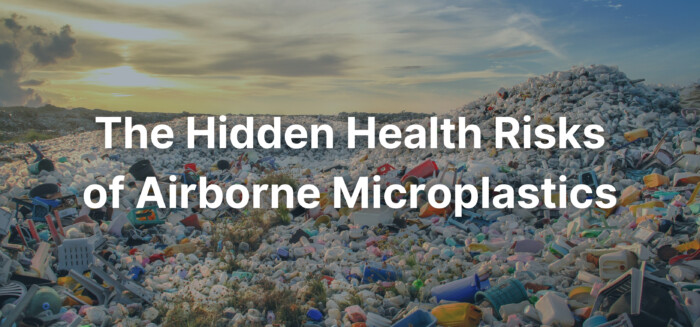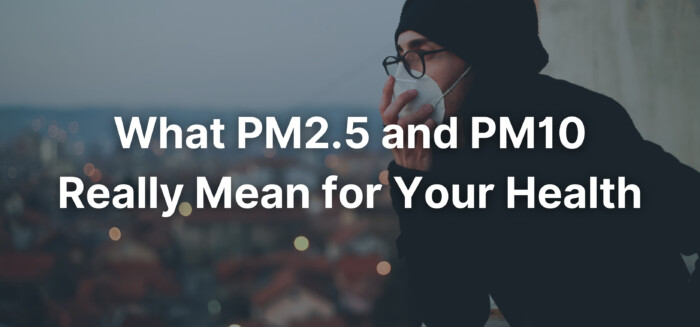Microplastics have become a hot topic in environmental discussions in recent years. These tiny particles are increasingly being recognized as a serious threat, not just in oceans and waterways but also in the air we breathe. Research shows that microplastics can enter the air through various sources, and their effects on both human health and the environment are alarming. This blog will explore the invisible threat of airborne microplastics, their impact, and what we can do to address this growing concern.
What Are Microplastics?
Microplastics are small plastic particles that measure less than 5 millimeters in diameter. They originate from two main sources: primary and secondary microplastics. Primary microplastics are manufactured as tiny particles, often found in products like facial scrubs or cleaning agents. Secondary microplastics, on the other hand, are created when larger plastic items—such as bottles, bags, and packaging—break down into smaller pieces due to environmental exposure. Over time, plastics degrade and fragment into even smaller particles, some of which become nearly invisible.
How Do Microplastics End Up in the Air?
While microplastics have been a significant focus in water bodies, the air is another pathway that has raised concern. Microplastics enter the air through various sources, including:
- Plastic Waste Degradation: As plastic waste breaks down, it releases tiny fragments into the atmosphere.
- Vehicle Tire Wear: Tires shed small plastic particles as they wear down, contributing significantly to airborne microplastics.
- Synthetic Textiles: Fabrics made from synthetic materials like polyester and nylon release microfibers into the air when they shed during use or washing.
- Industrial and Agricultural Activities: Industrial processes, waste incineration, and farming practices all contribute to the dispersion of microplastics into the atmosphere.
Studies have shown that these particles can remain suspended in the air for extended periods, allowing them to travel long distances. In fact, researchers have detected microplastics in some of the world’s most remote regions, including the Arctic and the Himalayas, far from direct sources of pollution.
The Health Impacts of Airborne Microplastics
The most significant concern regarding airborne microplastics is their potential impact on human health. Due to their small size, these particles can be easily inhaled into the lungs. Once inhaled, microplastics can cause inflammation, irritation, and damage to the respiratory system. This can worsen conditions such as asthma and bronchitis, as well as contribute to other respiratory diseases.
But the risks don’t stop there. Emerging studies suggest that microplastics may also enter the bloodstream and spread throughout the body. In fact, research has shown microplastics in human lung tissue, providing evidence that these particles can pass into internal organs, including the liver and brain. The long-term health effects of these particles are still being studied, but they could pose serious risks, including endocrine disruption, cancer, and other chronic health issues.
Moreover, microplastics may carry harmful chemicals that have accumulated on their surfaces. These chemicals, such as pesticides, heavy metals, and persistent organic pollutants, could further exacerbate health risks when they are inhaled or ingested.
Environmental Impact of Airborne Microplastics
In addition to human health, airborne microplastics also harm the environment. These particles can settle on soil, water, and plants, potentially entering the food chain. In agricultural areas, microplastics can land on crops, contaminating the food we eat. They can also accumulate in ecosystems, causing damage to wildlife.
“Research has shown that microplastics have been found in the most remote locations on Earth, including the Arctic, with some particles traveling over 1,000 miles from their source.”
Source: National Oceanic and Atmospheric Administration (NOAA)
Animals, especially those that filter-feed, like plankton, fish, and mollusks, can ingest microplastics. Once consumed, these particles can disrupt biological processes, cause physical damage to internal organs, and interfere with reproduction. As these microplastics move up the food chain, they can negatively impact entire ecosystems.
The Role of Microplastics in Climate Change
An often-overlooked aspect of microplastics is their connection to climate change. Research suggests that microplastics could absorb and release greenhouse gases, contributing to the acceleration of climate change. Since plastics are derived from fossil fuels, their production and disposal also contribute to carbon emissions. Reducing plastic use can help address both plastic pollution and its climate change impact.
Monitoring Airborne Microplastics
Detecting and monitoring airborne microplastics is challenging. Traditional air quality monitoring systems are not equipped to detect such small particles. However, advances in air quality technology are starting to address this gap. At Tisch Environmental, we specialize in air quality monitoring equipment, and there is increasing interest in incorporating the ability to track microplastics. Researchers are using high-volume air samplers and advanced detection methods to measure the presence of microplastics in the atmosphere.
This data is crucial in understanding the concentration of airborne microplastics and their effects on health and the environment. By integrating advanced monitoring technology, we can better assess the risks and develop strategies to mitigate exposure.
What Can We Do About It?
To tackle the growing threat of airborne microplastics, we must take action on several fronts:
- Reduce Plastic Production: The first step is reducing the production and consumption of plastic. By using alternatives to plastic, such as biodegradable materials, we can significantly reduce the amount of plastic waste that breaks down into microplastics.
- Improve Recycling: Enhancing recycling efforts is essential to keeping plastics out of the environment. It is important to ensure that plastics are properly disposed of and recycled rather than ending up in landfills or incinerators.
- Raise Public Awareness: Educating the public about the dangers of plastic pollution and the presence of microplastics in the air is crucial. People can make a difference by choosing reusable products, avoiding single-use plastics, and supporting policies that address plastic pollution.
- Invest in Monitoring Technology: As mentioned earlier, investing in air quality monitoring technology that can detect microplastics is essential. This data will help guide public health policies and inform efforts to reduce microplastic pollution.
Conclusion
Microplastics in the air are an invisible threat that affects both human health and the environment. These tiny particles, which come from various sources, can cause respiratory problems, disrupt ecosystems, and contribute to climate change. As researchers continue to uncover the extent of the problem, we must take action to reduce plastic waste, improve recycling efforts, and invest in technologies that can detect microplastics in the air. By working together, we can minimize the impact of microplastics and protect both our health and the planet.
Check out this video for more information:
Recent Posts
The air we breathe is critical to our health, yet millions of Americans continue to live in areas with unsafe levels of air pollution. The American Lung Association’s State of the Air 2025 report
Microplastics have become a hot topic in environmental discussions in recent years. These tiny particles are increasingly being recognized as a serious threat, not just in oceans and waterways but also in the air
When we think of air pollution, we often imagine smog-filled cityscapes or dark smoke billowing from factory stacks. However, some of the most harmful pollutants in our atmosphere are invisible to the naked eye.








Get Social